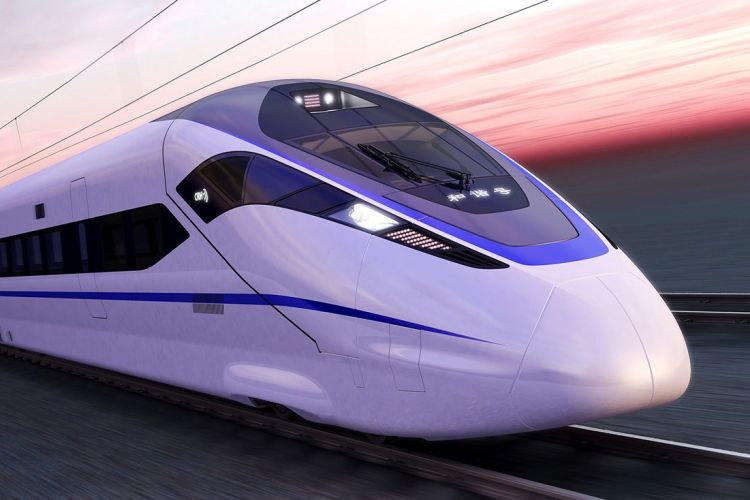Railway stations and high-speed rail stations can be regarded as enlarged versions of subway stations. The difference is the voltage, format and size of the catenary. Generally speaking, the catenary of railway stations and high-speed rail stations is AC with a voltage of 25kV, while the catenary of subways is 750V. Or 1500V DC. The layout of the grounding grid in railway stations and high-speed rail stations is almost the same as that in subway stations. However, because of the large area and high voltage level of the contact grid, the grounding grid layout area is also large, and the material cross-section is often larger, such as The South African train station supplied and constructed by our company uses TMY-100×10
copper busbars, while the copper busbar specifications used in supporting subway stations are TMY-50×5. The difference between the two is 4 times. In addition to different specifications, copper is also chosen as the main grounding material and GWELD exothermic welding technology is used for connection. And an integrated ground lead-out device is used to lay the ground lead wire. The difference here is that the ground lead-out device is often larger and longer than those used in the subway system.

